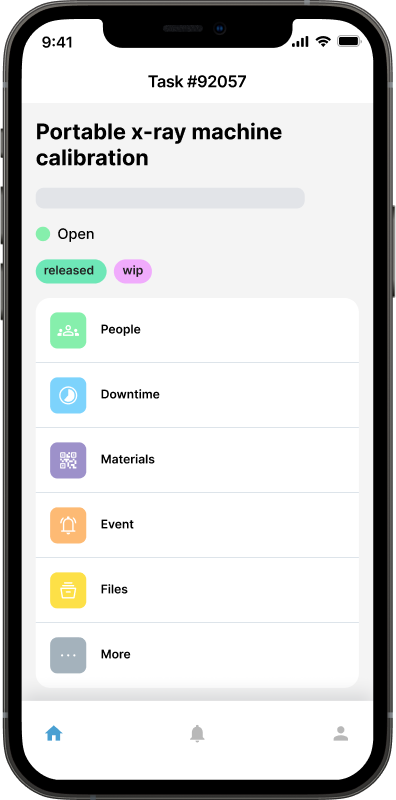The Power of CMMS Software: Revolutionizing Work Order Management

CMMS: A Turning Point
Adopting Computerized Maintenance Management Systems (CMMS) has marked a significant turning point in the rapidly evolving landscape of industrial and facility maintenance. CMMS software has transformed how businesses manage and execute maintenance tasks, bringing about unparalleled efficiency and accuracy in work order management. This article delves into the revolutionary impact of CMMS on maintenance operations, highlighting its benefits and the key features that make it an indispensable tool for modern organizations.
Revolutionizing Work Order Management with CMMS Software
CMMS software's heart is its capability to revolutionize work order management. Often cumbersome and error-prone, traditional methods are replaced by streamlined, automated processes. CMMS systems efficiently create, assign, and track maintenance tasks in real-time and comprehensively document them, ensuring timely and correct completion.
This digital approach minimizes miscommunication and maximizes maintenance team productivity.
Benefits of CMMS in Inventory and Asset Management

CMMS extends its utility beyond work order management, significantly enhancing inventory and asset management. By maintaining real-time visibility into inventory levels and automating the procurement process, CMMS software ensures optimal inventory levels, reducing understocking and overstocking. This automation extends to asset management, where detailed records and condition monitoring support preventive maintenance strategies, helping avoid costly downtime.
Enhancing Maintenance Operations with Preventive Maintenance
CMMS software excels in preventive maintenance, utilizing data analytics to forecast potential equipment failures or service needs. This allows organizations to transition from a reactive maintenance strategy, where actions are taken after problems occur, to a proactive one, focusing on preventing issues before they arise. This foresight helps organizations reduce unexpected breakdowns, extend equipment lifespan, and save on repair costs.
Improving Efficiency and Reducing Downtime
Efficiency and downtime reduction are among the most compelling benefits of implementing a CMMS. The software’s ability to streamline maintenance scheduling ensures that machinery and equipment receive necessary maintenance before problems arise, thus avoiding unnecessary downtime. Furthermore, the efficiency gained through CMMS leads to better resource allocation, allowing maintenance teams to focus on critical tasks without being bogged down by administrative overhead.
The Role of CMMS in Compliance and Documentation
In industries where compliance with regulations is non-negotiable, CMMS software proves invaluable. It offers an organized and accessible way to store detailed maintenance records, including dates, actions taken, parts used, and personnel involved. This comprehensive documentation is crucial for adhering to regulatory standards and can be easily retrieved during audits, ensuring that organizations remain compliant. Additionally, CMMS software enhances the traceability of maintenance actions, enabling organizations to analyze trends over time, predict future maintenance needs, and justify maintenance expenditures to stakeholders, further supporting compliance and strategic planning efforts.
The CMMS Software Revolution
Implementing CMMS software represents a paradigm shift in how organizations approach maintenance management. CMMS software streamlines maintenance operations and drives significant cost savings and operational efficiencies by offering a comprehensive work order management, inventory control, asset management, and regulatory compliance solution. As businesses continue to seek ways to improve productivity and reduce downtime, the role of CMMS in achieving these goals cannot be overstated. The power of CMMS software in revolutionizing work order management is evident, marking it as a critical tool for any organization looking to optimize its maintenance practices.

